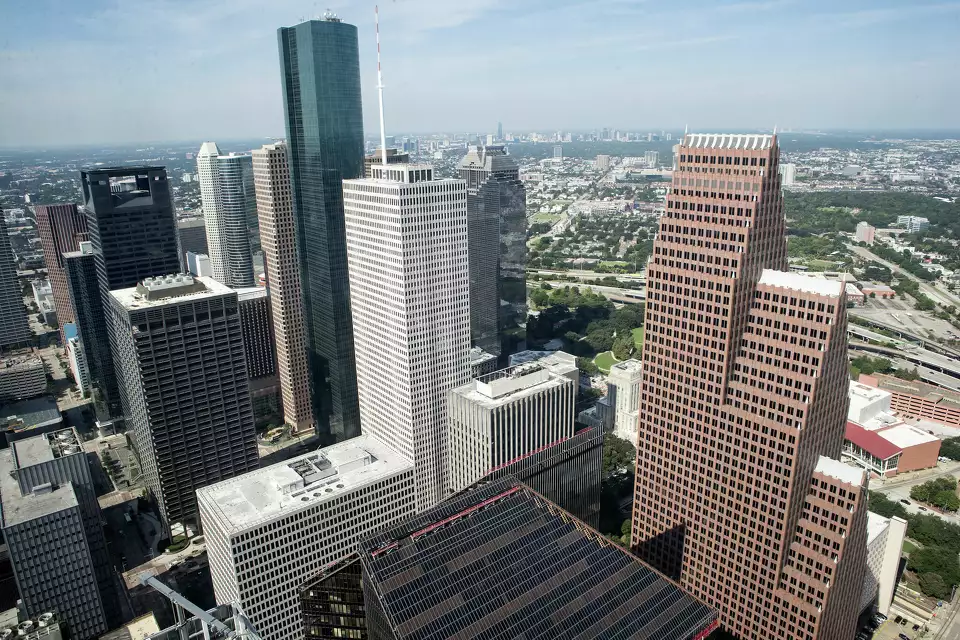Houston, a city renowned for its towering skyline, hosts the tallest skyscraper in Texas, yet its potential for even taller structures is constrained by aviation safety regulations. The Federal Aviation Administration (FAA) plays a crucial role in this limitation, as any construction exceeding 200 feet must be assessed for its impact on air traffic. Although the FAA lacks the authority to directly alter or halt building designs, it conducts thorough analyses to ensure new constructions do not interfere with aircraft operations, particularly those approaching or departing nearby airports.
This regulatory framework came into sharp focus during the construction of the JPMorgan Chase Tower in 1981, originally intended to rise to 80 stories. However, an FAA assessment deemed any structure surpassing 75 stories as hazardous to air navigation, leading the city of Houston to cap the building at its current height. The proximity of Hobby Airport to downtown Houston necessitates such caution, as planes often approach at altitudes as low as 2,000 feet, posing potential risks if buildings were taller.
This dynamic of negotiation and safety considerations mirrors other national cases, such as the ongoing discussions surrounding the Amazon HQ2 campus in Arlington, Virginia. Here, height restrictions are similarly influenced by air traffic routes. Despite the potential for Houston’s skyline to expand vertically, the integration of urban development with air traffic safety remains a priority, ensuring a balance between architectural ambition and aviation security.

